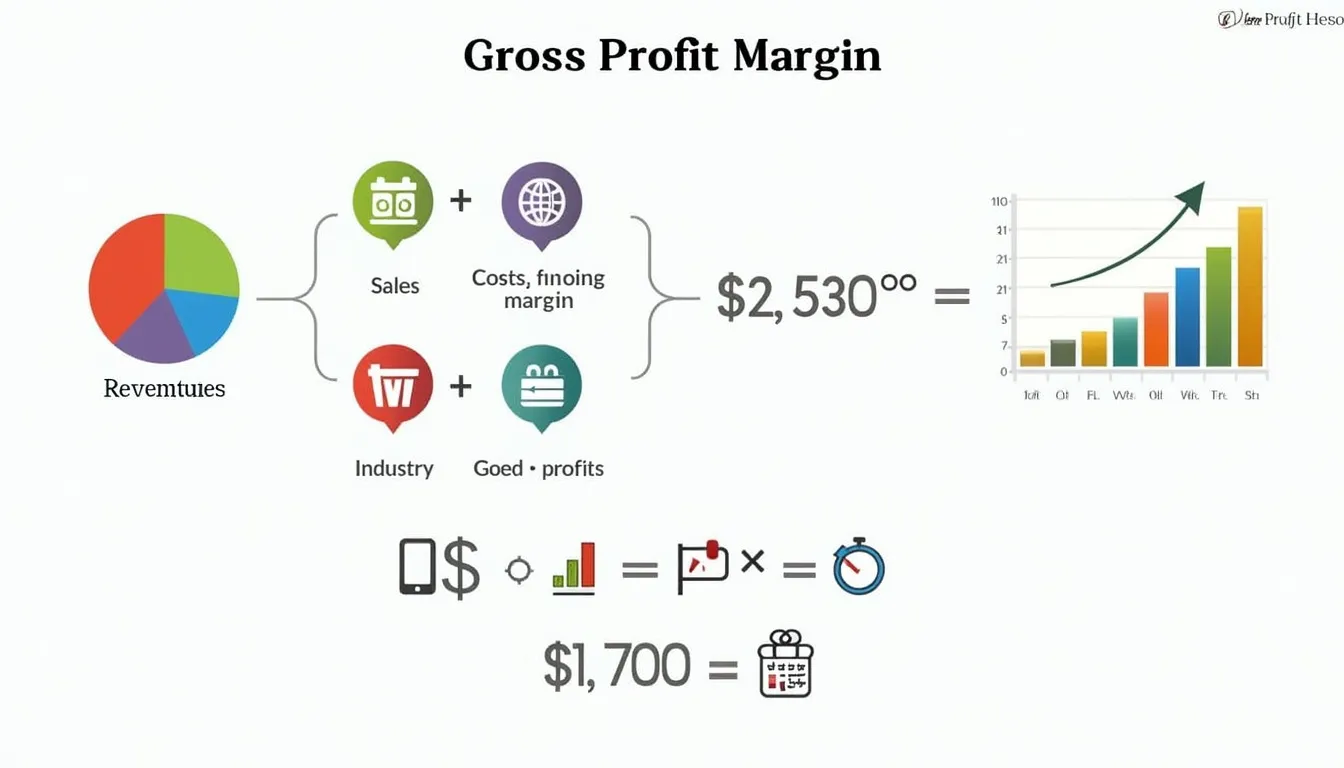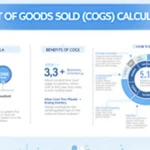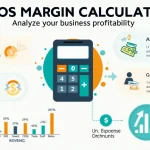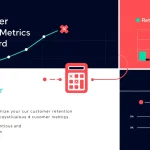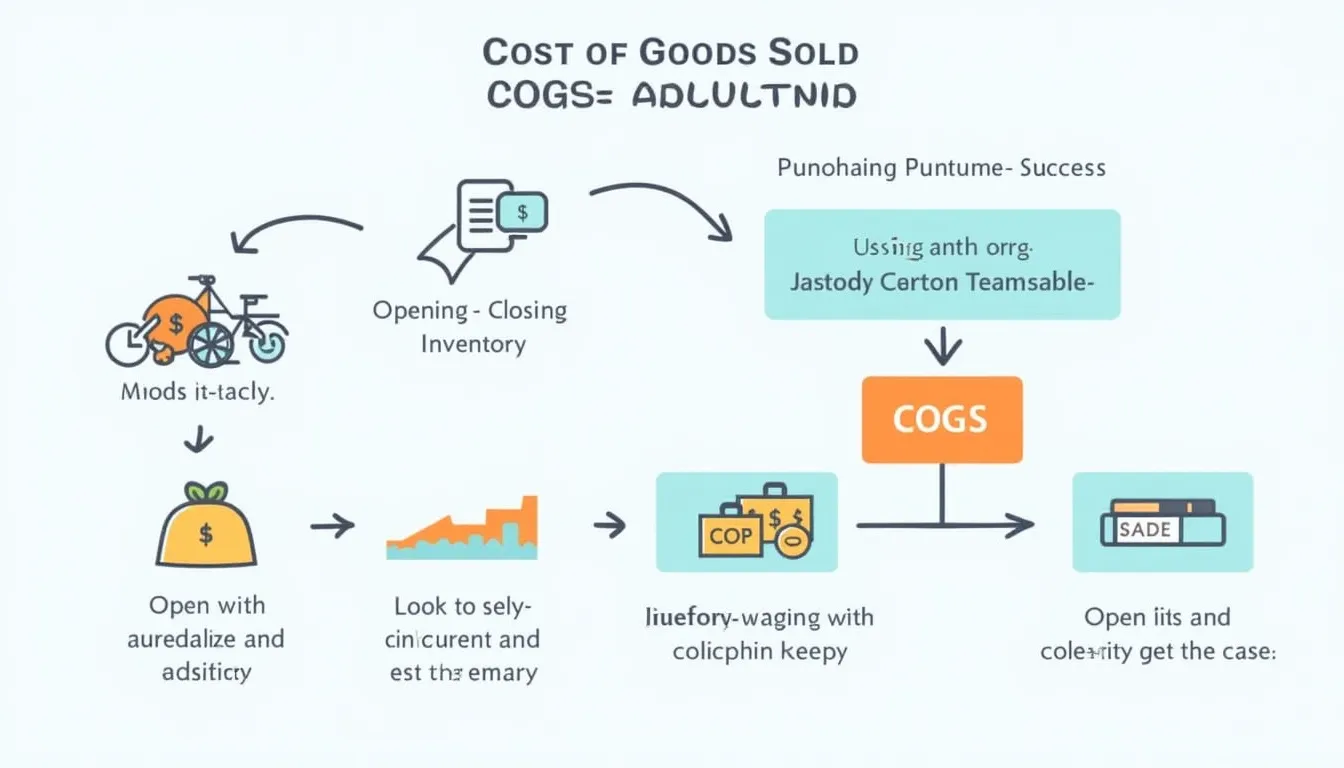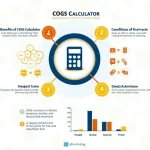Gross Profit Margin Calculator
Is this tool helpful?
How to use the tool
- Enter Sales Revenue. Example 1: $200,000. Example 2: $85,000.
- Enter Cost of Goods Sold (COGS). Example 1: $120,000. Example 2: $40,000.
- Press “Calculate.” The margin appears instantly as a percentage.
- Interpret the result. Compare it with your industry average to judge pricing and efficiency.
Formula
$$\text{Gross Profit Margin}= rac{\text{Sales Revenue}-\text{COGS}}{\text{Sales Revenue}}\times100\% $$
Example calculations
- Example 1: $$ rac{200{,}000-120{,}000}{200{,}000}\times100\%=40\%$$
- Example 2: $$ rac{85{,}000-40{,}000}{85{,}000}\times100\%=52.94\%$$
Quick-Facts
- Retail margins typically range 20-40 % (Investopedia, 2022).
- Software firms average >70 % gross margin (McKinsey Digital, 2021).
- Negative margin signals prices below cost (U.S. SBA, 2023).
- Formula standardised in IFRS 15 §C5 (IFRS Foundation, 2021).
FAQ
What is gross profit margin?
Gross profit margin shows the percentage of sales left after paying direct product costs (Investopedia, 2022).
Why does margin matter?
Higher margins give you more cash for marketing, R&D and debt service, improving resilience during downturns (Harvard Business Review, 2020).
What counts as COGS for a service firm?
Include billable labour and materials tied directly to each project, not overhead (IRS Publication 535, 2023).
How often should I check it?
Monthly reviews let you catch cost spikes before they erode annual profits (SBA Management Guide, 2023).
Is 0 % margin ever acceptable?
Start-ups sometimes run near break-even to gain market share, but only with clear funding runway (CB Insights Report, 2022).
How can I improve a low margin?
Raise prices, cut waste, renegotiate supplier contracts and focus on high-margin products (PwC Operational Survey, 2021).
Can margin exceed 100 %?
No; revenue always caps the numerator, so the ratio tops out at 100 % (IFRS 15 Illustrative Example 18).
What’s an expert tip?
“Track margin by product line to spot silent profit drains early” (KPMG Cost Benchmarking, 2022).
Important Disclaimer
The calculations, results, and content provided by our tools are not guaranteed to be accurate, complete, or reliable. Users are responsible for verifying and interpreting the results. Our content and tools may contain errors, biases, or inconsistencies. Do not enter personal data, sensitive information, or personally identifiable information in our web forms or tools. Such data entry violates our terms of service and may result in unauthorized disclosure to third parties. We reserve the right to save inputs and outputs from our tools for the purposes of error debugging, bias identification, and performance improvement. External companies providing AI models used in our tools may also save and process data in accordance with their own policies. By using our tools, you consent to this data collection and processing. We reserve the right to limit the usage of our tools based on current usability factors.
